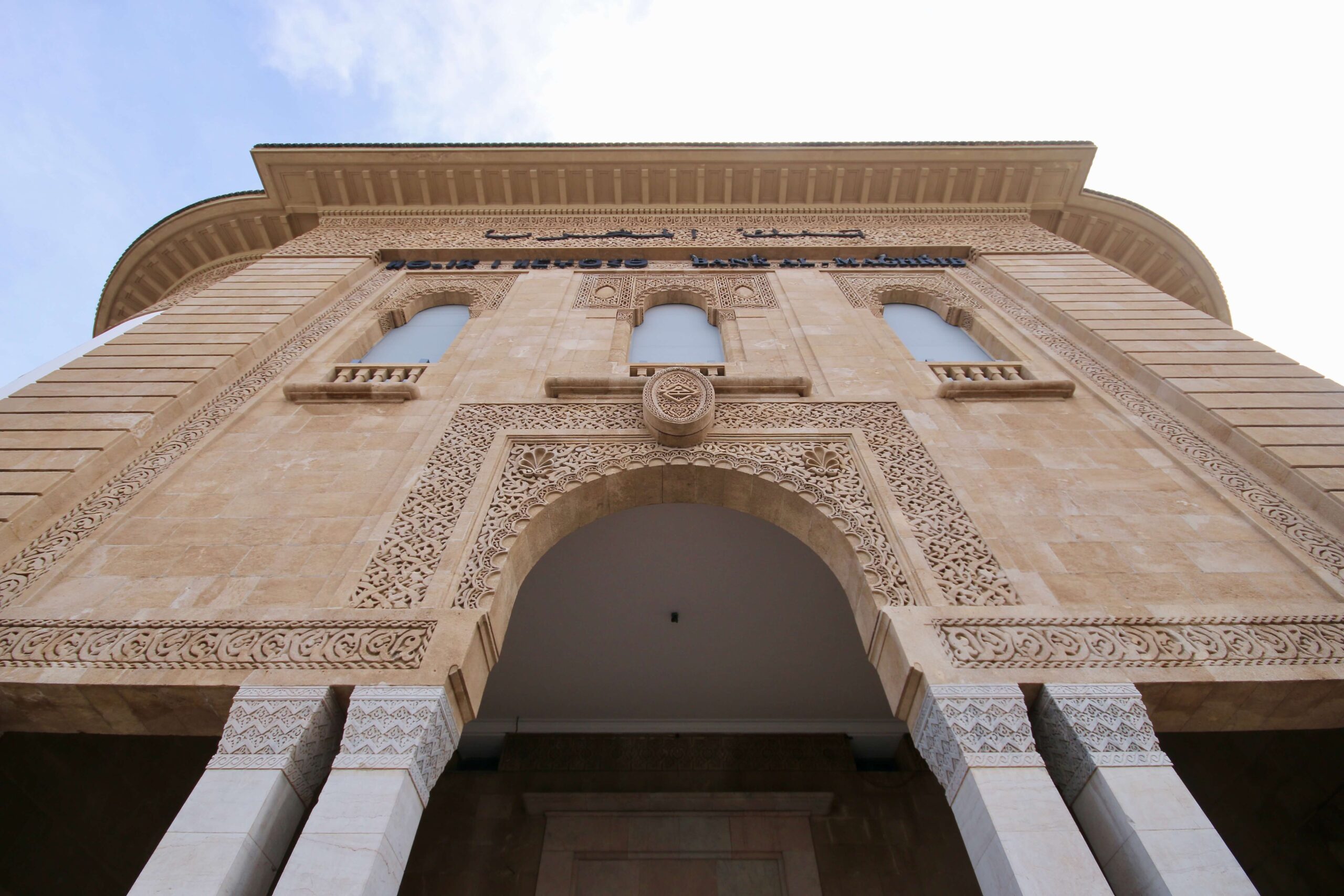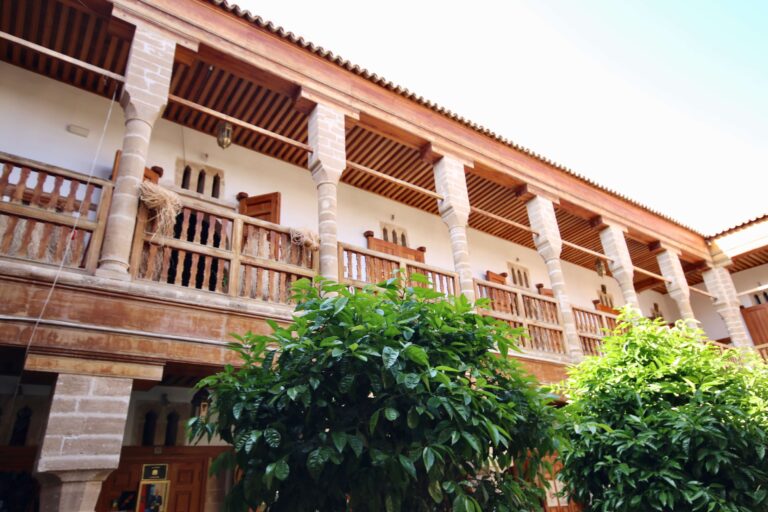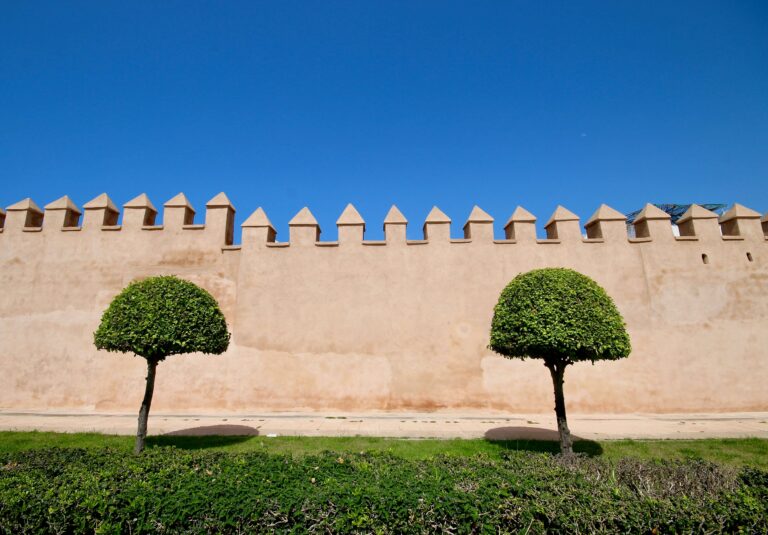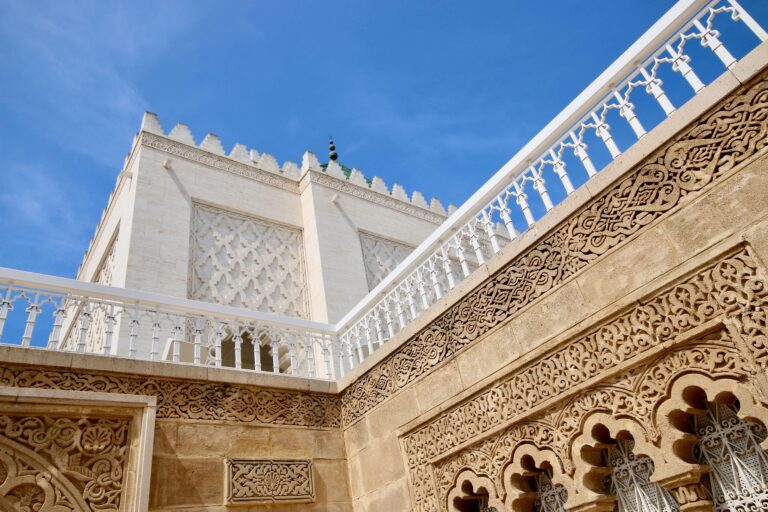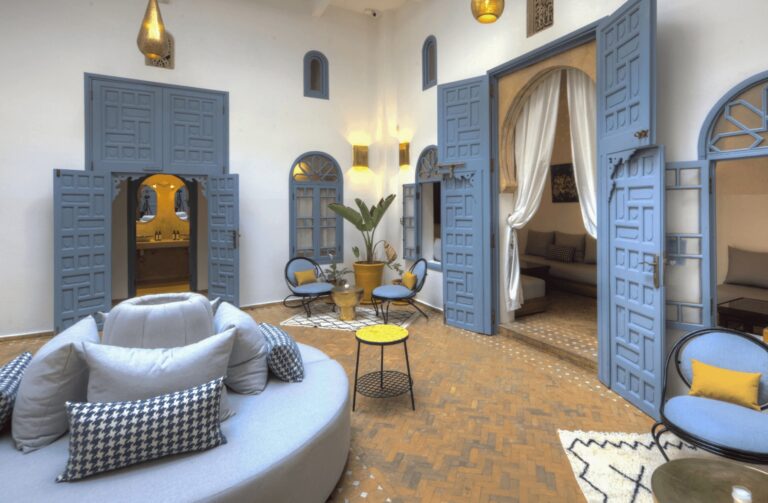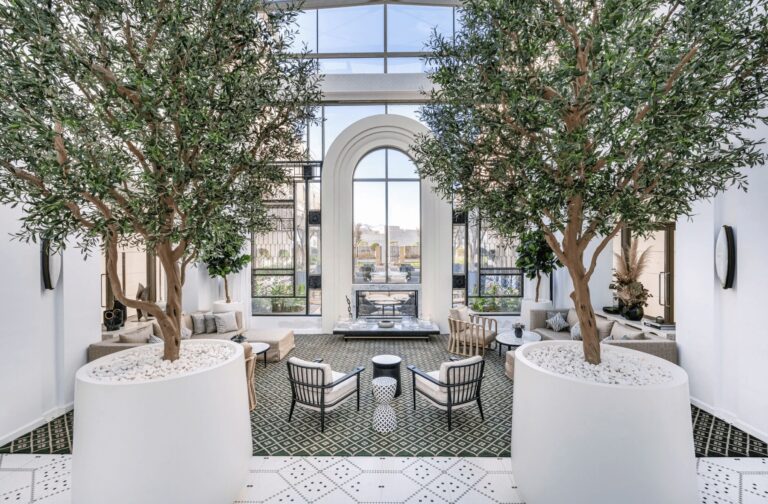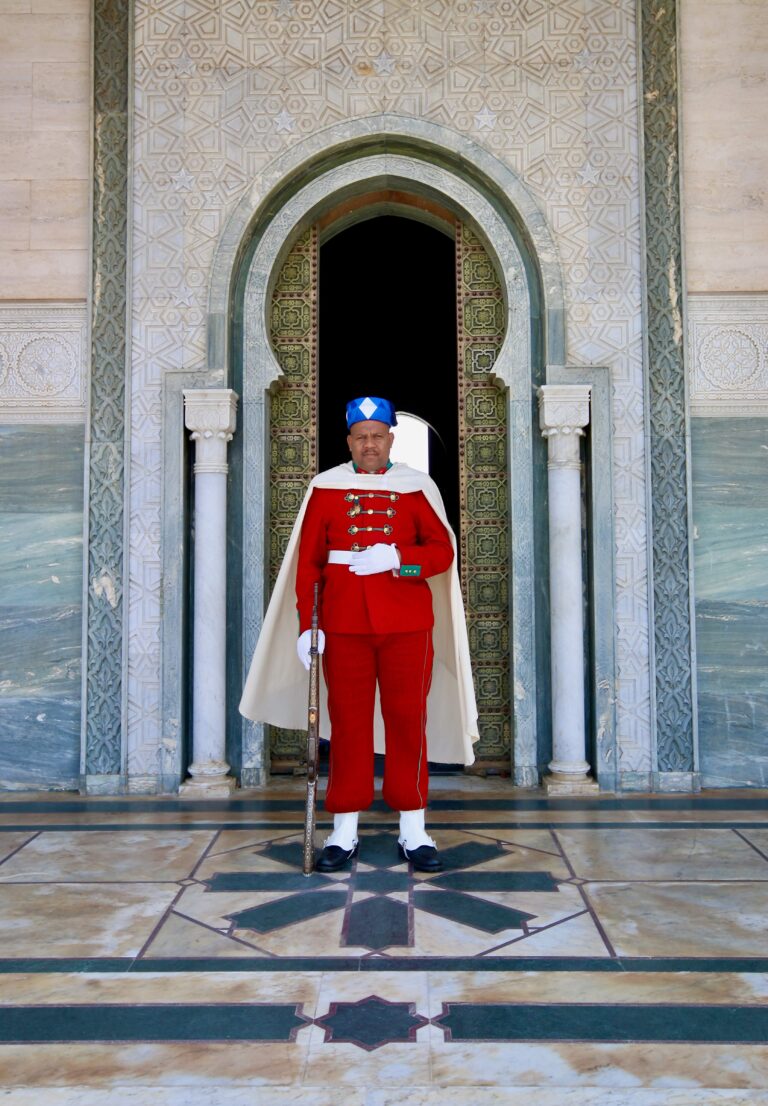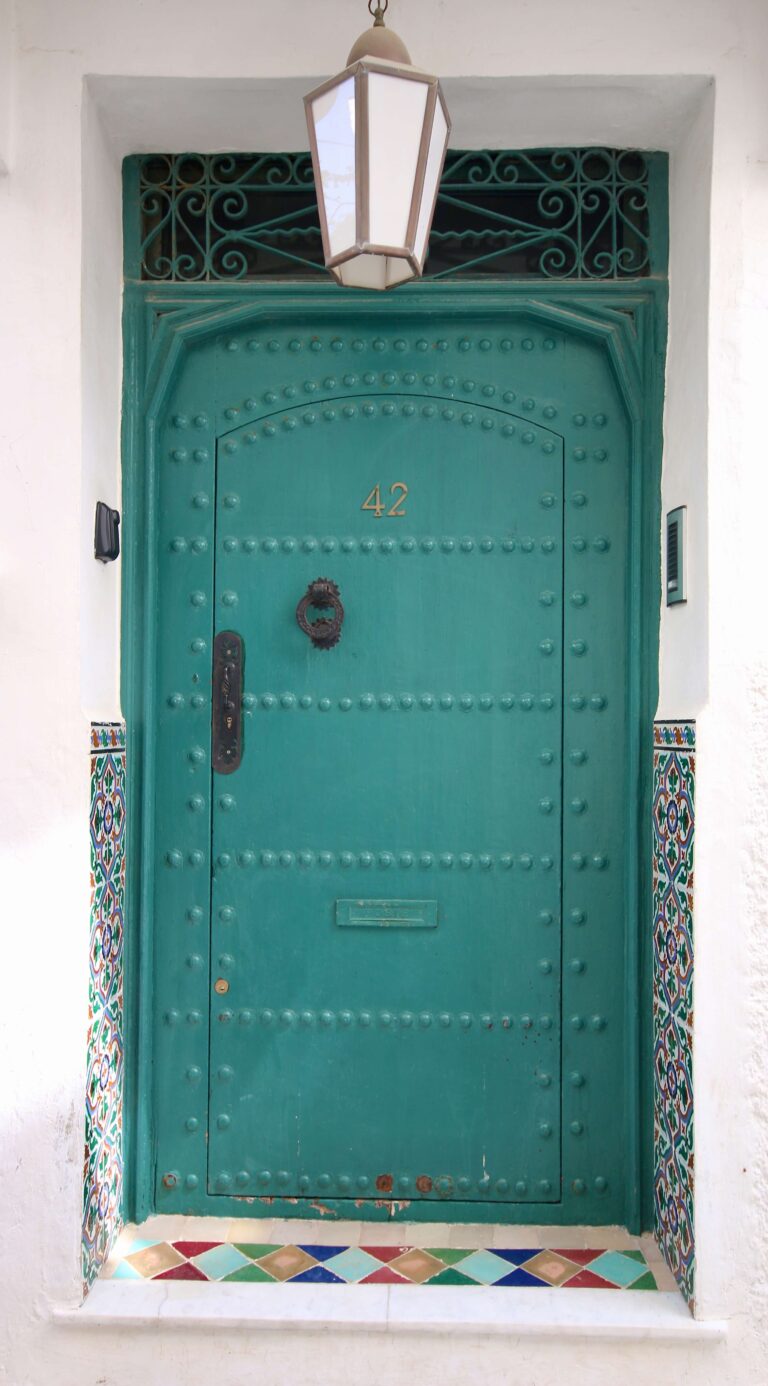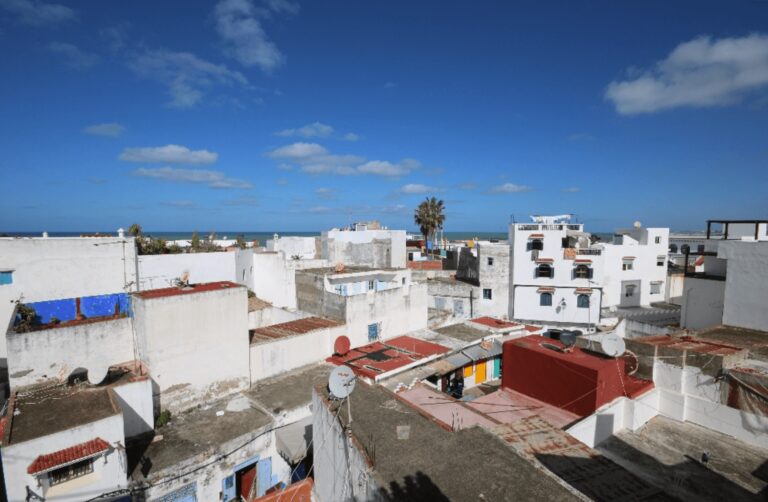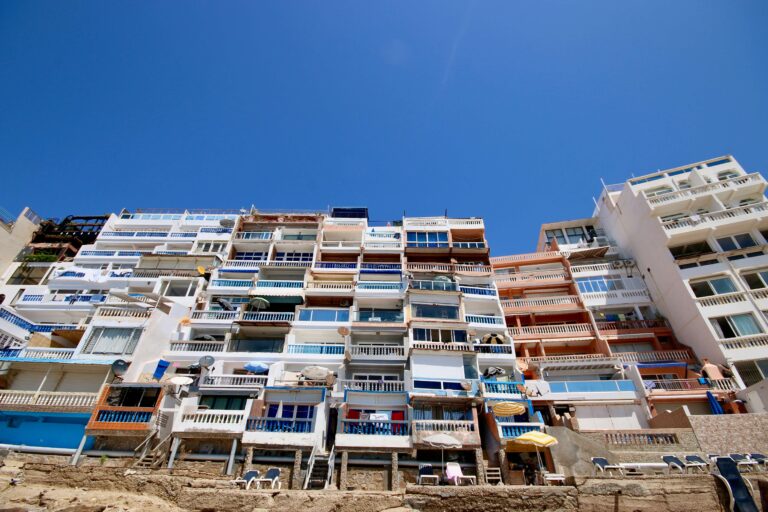6 Best Museums in Rabat: Art + Culture + History
From beautifully restored villas to Morocco’s leading archaeological and contemporary art collections, discover 6 of the best museums in Rabat.
As the capital of Morocco, Rabat is home to a wealth of captivating museums, offering a deep dive into the country’s cultural heritage. It’s a city that I find endlessly fascinating. While I could spend days exploring its museums alone, the city also boasts some exceptional architectural landmarks!
Whether you’re interested in modern art, enchanted by ancient history or eager to immerse yourself in traditional Moroccan culture, Rabat’s wonderful museums are sure to leave a lasting impression.
In this article, I’ll introduce 6 of the best museums in Rabat to add to your itinerary, based on my explorations of the city. If you only have one day to explore, check out my suggested itinerary here.
For more information about things to see and do in the Moroccan capital, check out my Essential Travel Guide to Rabat.
If you’re looking for accommodation inspiration, I’ve put together some of my top picks for Rabat riads.
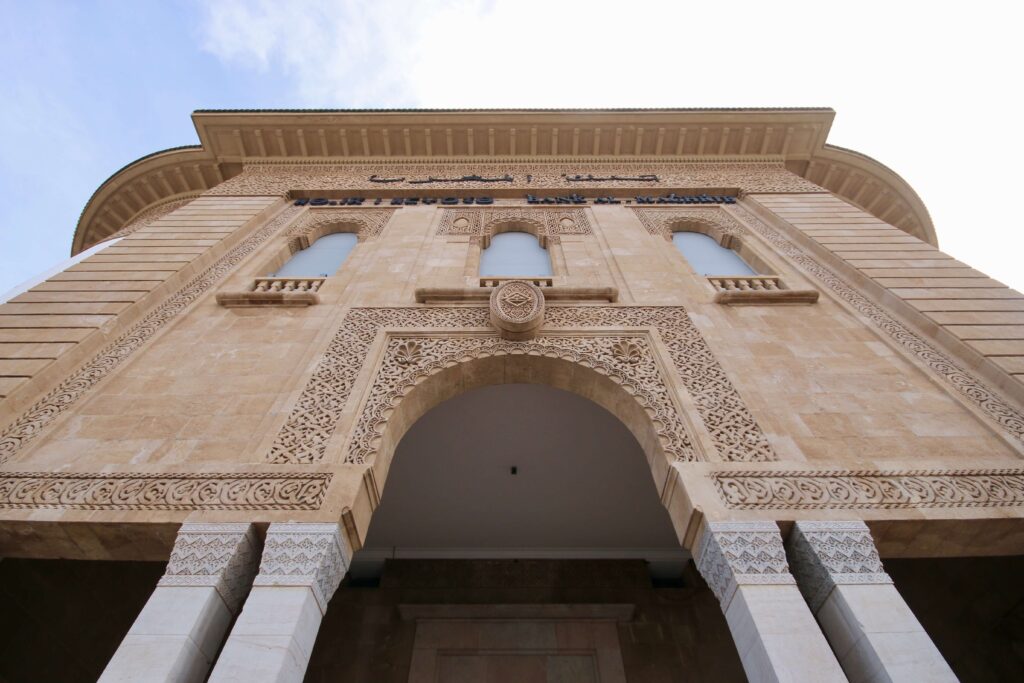
Disclosure: This article contains affiliate links, meaning I earn a small commission when you make a purchase. Affiliate links cost you nothing and ensure my content stays free!
Museum of History and Civilisations
Opened in 1932, this museum houses the most comprehensive collection of archaeological artefacts found in Morocco. Stepping inside, you’ll be taken on a journey through the country’s fascinating past.
Exhibits span from the Palaeolithic and Neolithic eras all the way up to the ancient Roman and Islamic civilisations that flourished in the region.
One of the museum’s standout features is its impressive array of bronze sculptures. Many of these date back to the pre-Roman and Roman periods. These carefully crafted statues and figurines offer a glimpse into the artistic mastery of the civilisations that once called this land home.
In addition to objects from the archaeological sites of Thamusida and Banassa, you can also get up close to treasures uncovered at Volubilis.
As one of the leading museums in Morocco, the Museum of History and Civilisations is an essential stop for anyone interested in archaeology. From the earliest human settlements to the architectural achievements of bygone empires, it provides a window into the peoples who have shaped the region over millennia.
Opening hours of the Museum of History and Civilisations: 10 am to 6 pm (closed Tuesdays)
Entrance fee for the Museum of History and Civilisations: 20 dh
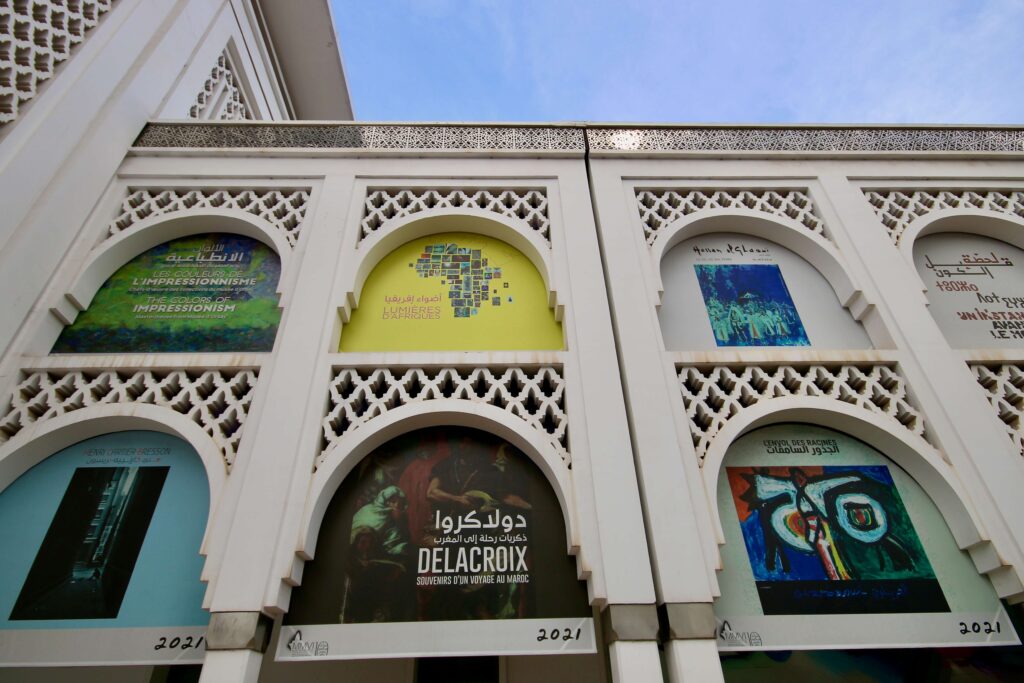
Mohammed VI Museum of Modern and Contemporary Art
Better known as the MMVI, this modern museum opened in 2014. Over the last decade, it has become an important cultural hub in Morocco.
As the first large-scale museum built in the country since its independence from France in 1956, it represents a significant milestone in Morocco’s cultural development. If you’re interested in discovering new works by African artists, this is definitely one of the best museums in Rabat for you!
Over the years, the Mohammed VI Museum of Modern and Contemporary Art has showcased both modern and contemporary Moroccan artists, as well as works by international creatives.
Among the more than 200 Moroccan artists who have been exhibited here are celebrated figures like Hassan Hajjaj and Ahmed Yacoubi. Both of their works blend traditional Moroccan motifs with avant-garde techniques.
It’s hard to know exactly what will be taking place during your visit as the exhibitions change regularly. But the posters decorating the outside of the building provide a taste of what you can expect inside.
Aside from the alfresco cafe where you can enjoy a coffee or lunch, there’s a small gift shop selling art and design-inspired wares.
Opening hours of the Mohammed VI Museum of Modern and Contemporary Art: 10 am to 6 pm (closed Tuesdays)
Entrance fee for the Mohammed VI Museum of Modern and Contemporary Art: 40 dh
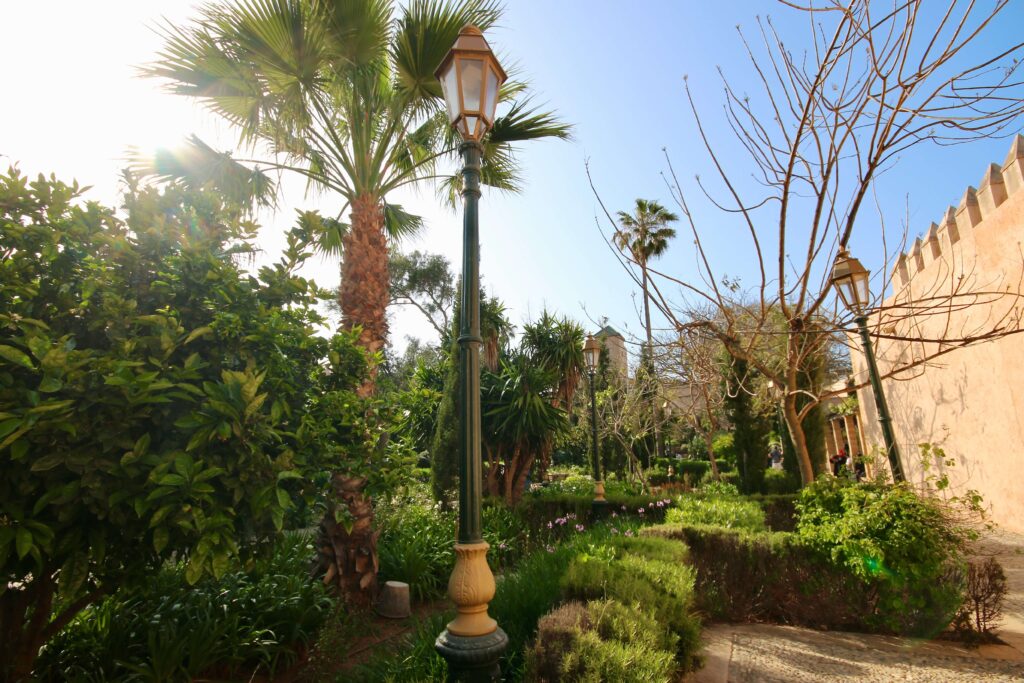
National Museum of Jewellery & Adornment
Housed within the 17th-century Kasbah of the Oudaias, this ethnographic institution explores the country’s jewellery heritage. The kasbah’s buildings and Andalusian-inspired gardens have been designated as a UNESCO World Heritage Site. This only adds to the historical significance of this cultural destination.
Through its collections, the National Museum of Jewellery & Adornment explains the unique cultural specificities of Morocco’s various geographical regions. It also details the workshops responsible for producing the pieces on display.
The exhibition is divided into five distinct sections. Together, they lead you through the evolution of Moroccan jewellery design, from the oldest known artefacts to the opulent bridal costumes and adornments of the modern era.
One particular highlight is the museum’s reproduction of perforated shell beads, dated to approximately 142,000 years ago. These were discovered in the Bizmoune cave near Essaouira. The collection then chronicles the pre-Roman, Roman and Islamic periods, culminating in a stunning display of early 20th-century pieces.
In addition to its permanent exhibition, the National Museum of Jewellery & Adornment also presents a diverse program of temporary exhibitions. These are dedicated to promoting contemporary jewellery and personal attire.
After your visit, you can relax with a mint tea at the adjacent cafe, which enjoys wonderful views across the Bou Regreg River.
Opening hours of the National Jewellery Museum: 10 am to 4:30 pm (closed Tuesdays)
Entrance fee for the National Jewellery Museum: 60 dh
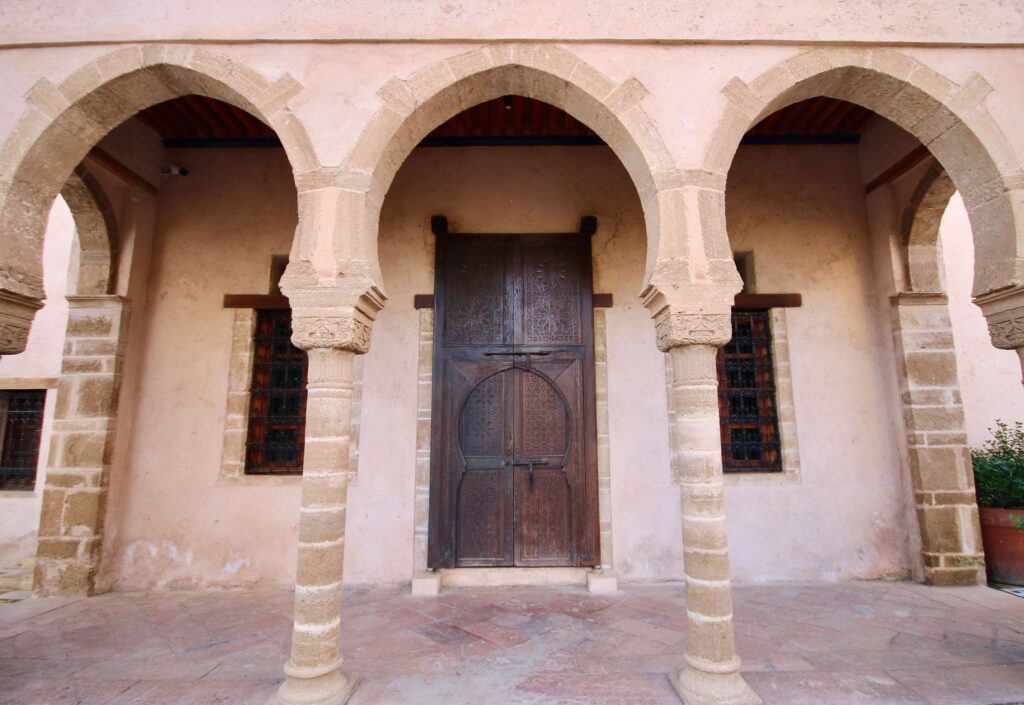
Natural Science Museum
If you are fascinated by the history of our planet, then the Natural Science Museum in Rabat is a must-visit destination. It’s set within the Institut Scientifique, attached to the Mohammed V University.
Through its exhibits, the museum chronicles the origins of the Earth and the creatures that have inhabited it over the eons.
The museum’s most impressive exhibit is undoubtedly the skeleton of a sauropod dinosaur. It was discovered in 1979 in the Azilal region of the High Atlas Mountains.
After years of painstaking excavation, the complete skeleton of this herbivore now stands tall, measuring 15 metres in length. It is positioned alongside a full-scale replica, complete with scales, teeth and eyes.
Beyond the dinosaur display, the Natural Science Museum in Rabat exhibits everything from fossilised plants to ancient human artefacts. The museum is located next to the Municipal Stadium, around 30 minutes’ walk from the medina (or a five-minute taxi ride).
Opening hours of the Natural Science Museum: 9 am to 3:45 pm (closed Saturdays and Sundays)
Entrance fee for the Natural Science Museum: Free
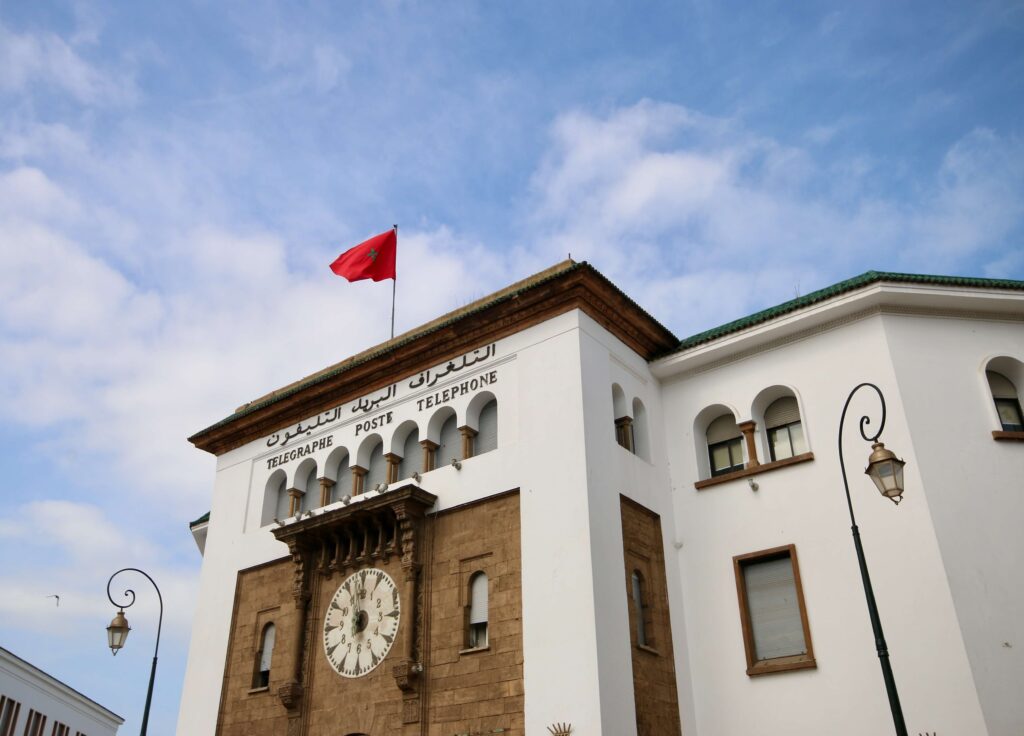
Bank Al Maghrib Museum
Housing a numismatic collection that spans centuries, this museum provides a chronological journey through the evolution of Moroccan currency and banking. It features over 30,000 items, ranging from ancient coins and monetary instruments to modern banknotes.
In summary, the collection details how the financial systems of the Kingdom have developed over time. It’s one of the best museums in Rabat for numismatists.
Highlights include the intricately designed old Moroccan dirhams and the commemorative notes issued to mark significant historical events.
Beyond its numismatic displays, the museum also features an art gallery. It exhibits several hundred works that showcase the intersection of Moroccan and foreign artistic influences.
On display are paintings that reflect the earliest Orientalist depictions of the country, as well as modern sculptures by Moroccan masters.
Opening hours of the Bank Al Maghrib Museum: 9 am to 5:30 pm or until 1 pm on Sunday (closed Mondays)
Entrance fee for the Bank Al Maghrib Museum: 20 dh
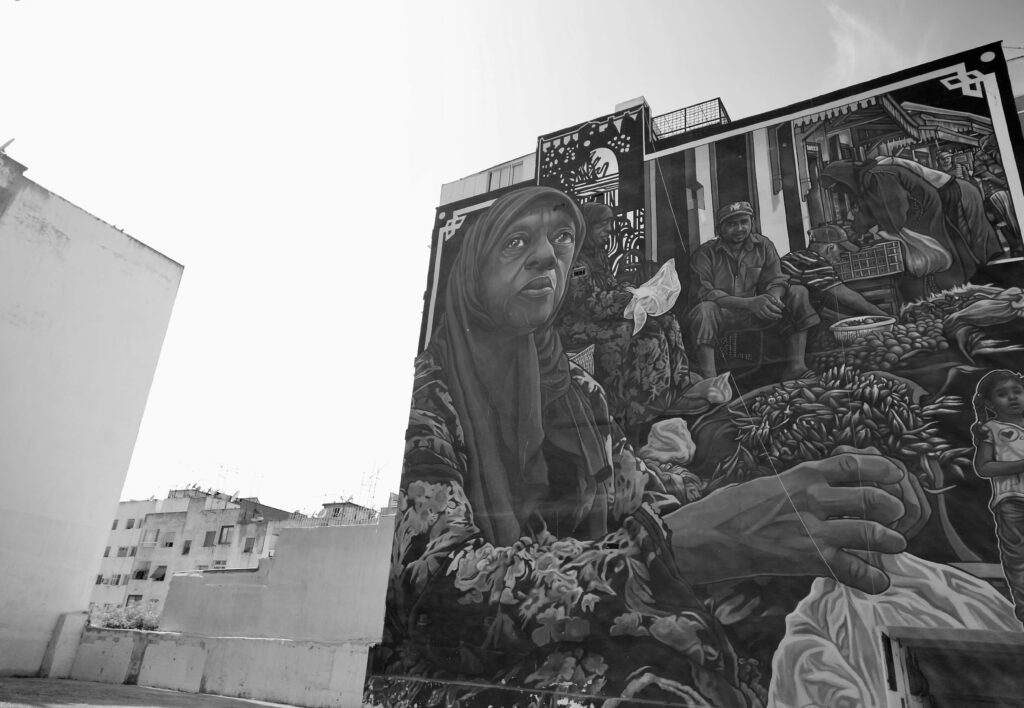
Villa des Arts
Located in Rabat’s Ville Nouvelle (near the Museum of History and Civilisations) is this magnificent villa. It showcases changing exhibitions featuring the works of contemporary artists.
The Villa des Arts’ collections span a multitude of styles and mediums, from bold abstract canvases to photorealistic portraits.
The museum’s curators have a keen eye for discovering emerging talents. This ensures that each visit provides a unique opportunity to encounter fresh works and new perspectives. But the Villa des Arts is far more than just a museum. It’s a dynamic arts centre that hosts events and workshops to engage the community.
While the descriptions are usually only available in French, that shouldn’t detract English speakers from visiting. You’ll gain a lot from admiring the artworks alone. Enhancing the cultural experience is the villa’s Art Deco design. It’s just one of many beautiful colonial buildings in this part of Rabat.
If the main gates are closed, head around to the side entrance where a guard is usually stationed.
Opening hours of Villa des Arts: 9 am to 7 pm (closed Mondays)
Entrance fee for Villa des Arts: Free

PLAN YOUR TRIP WITH MY FAVOURITE RESOURCES:
Find hotels via Booking
Book tours and attractions via Viator or GetYourGuide
Find a rental car via Discover Cars
Book flights via Kiwi or Booking
Search for buses and trains via 12Go or Omio
Get travel insurance via SafetyWing
Buy a digital eSIM with Airalo
By purchasing through my links, you’ll be supporting my website at no additional cost to you
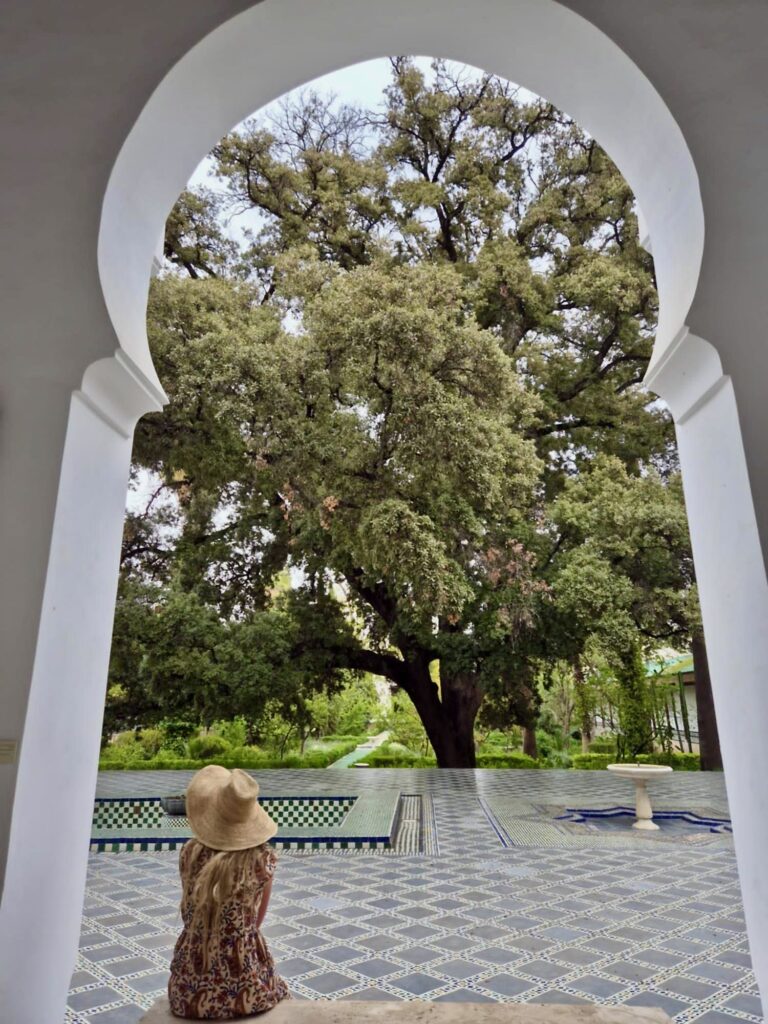
About Me
I’m Malika, a global traveller who first visited Morocco in 2014 before marrying a local and settling down in a little village on the Atlantic coast. Over the years, I’ve developed an intense love for Morocco, its incredible landscapes, storied cities and the exceptionally generous hospitality of its people.
Malika in Morocco is a place to share my years of experience exploring the country, from north to south and from the Atlantic Ocean to the Sahara Desert. As a resource for travellers visiting Morocco, I want to encourage others to experience this captivating destination the way they desire, whether that’s independently or under the expert guidance of local tour operators.
I believe strongly in supporting responsible and sustainable tourism initiatives while inspiring travel experiences that are life-impacting and mutually beneficial for both travellers and locals.
-
10 Best Riads in Rabat: Morocco’s Laid-Back Capital
Looking for the best riads in Rabat? Browse this curated collection of amazing stays in the Moroccan capital. In my opinion, Rabat gives Marrakech a run for its money when it comes to amazing riad hotels, with the capital boasting a wonderful choice of heritage stays. Many have been beautifully restored in what is a…
-
Rabat vs Casablanca: Which City Should You Visit?
Located just one hour from one another on Morocco’s Atlantic coastline are the sister cities of Rabat and Casablanca. Despite their close proximity, each has its own distinct charm and allure. We’ve visited both several times and while I have a favourite, the Rabat vs Casablanca debate is highly subjective. Your favourite might be completely…
-
Morocco’s Laid-Back Capital: Essential Travel Guide to Rabat
Looking for the best things to do in Rabat or highly recommended places to stay? Discover the ideal time to visit, tips for getting around and the best tours in this essential travel guide to Rabat. Located where the Bou Regreg River meets the Atlantic Ocean, Rabat serves as the laid-back capital of Morocco. It’s…
-
7 Best Luxury Riads in Rabat for a Heritage Stay in the Capital
Looking for the best luxury riads in Rabat? Discover some of the most beautiful heritage properties in the Moroccan capital for a high-end stay. With its centuries-old medina, Rabat boasts a wonderful selection of heritage-rich stays that will immerse you in Moroccan design. Many of these luxury Rabat riads have undergone inspiring restorations. They preserve…
-
7 Best Luxury Hotels in Rabat for a High-End Stay in the Capital
Looking for the best luxury hotels in Rabat? Discover some of the most opulent properties in the Moroccan capital, including 5-star stays, beachfront resorts and impressive golf retreats. Despite being the Moroccan capital, Rabat remains a relatively undiscovered gem as a tourist destination. But with its spectacular coastal setting and diverse blend of Moorish and…
-
Is Rabat Worth Visiting? Everything You Need to Know
If you’re wondering is Rabat worth visiting, this article details everything you need to know about exploring the Moroccan capital Often overshadowed by more famous cities like Marrakech and Casablanca, the Moroccan capital, Rabat, is an underrated gem. It has a bit of everything – fantastic museums, a historic medina and colourful artisan souks –…
